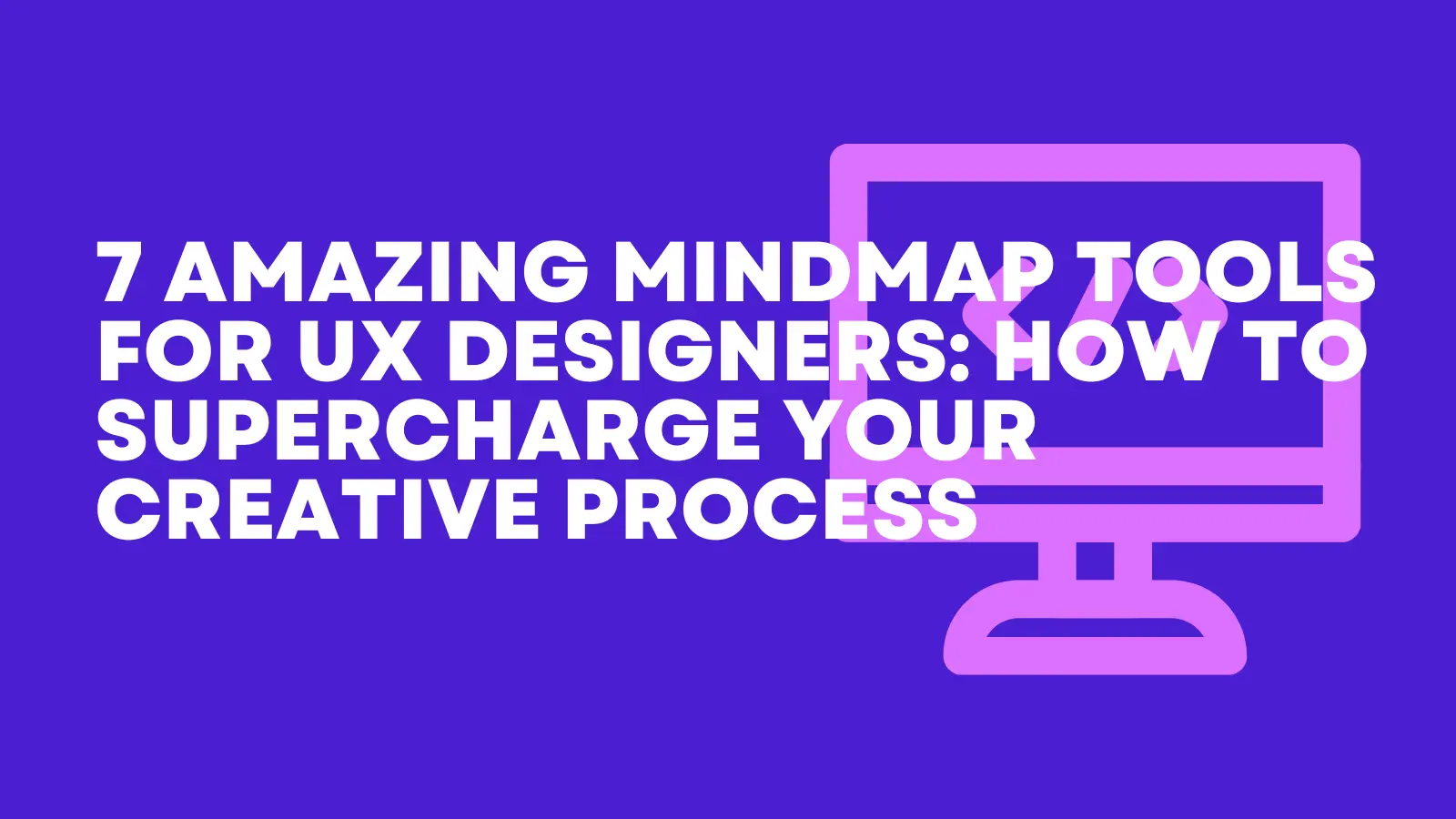In the ever-evolving landscape of problem-solving tools, mindmaps and decision trees stand out as two powerful yet distinct methodologies. Both offer unique advantages, but their applicability depends on the nature of the problem at hand. Understanding the strengths and limitations of each can help you determine which tool is right for your specific needs.
A mindmap visually organizes information around a central idea, branching into related subtopics. It’s a non-linear tool that promotes creative thinking and helps users see connections between concepts. Mindmaps are commonly used for brainstorming, project planning, and content creation.
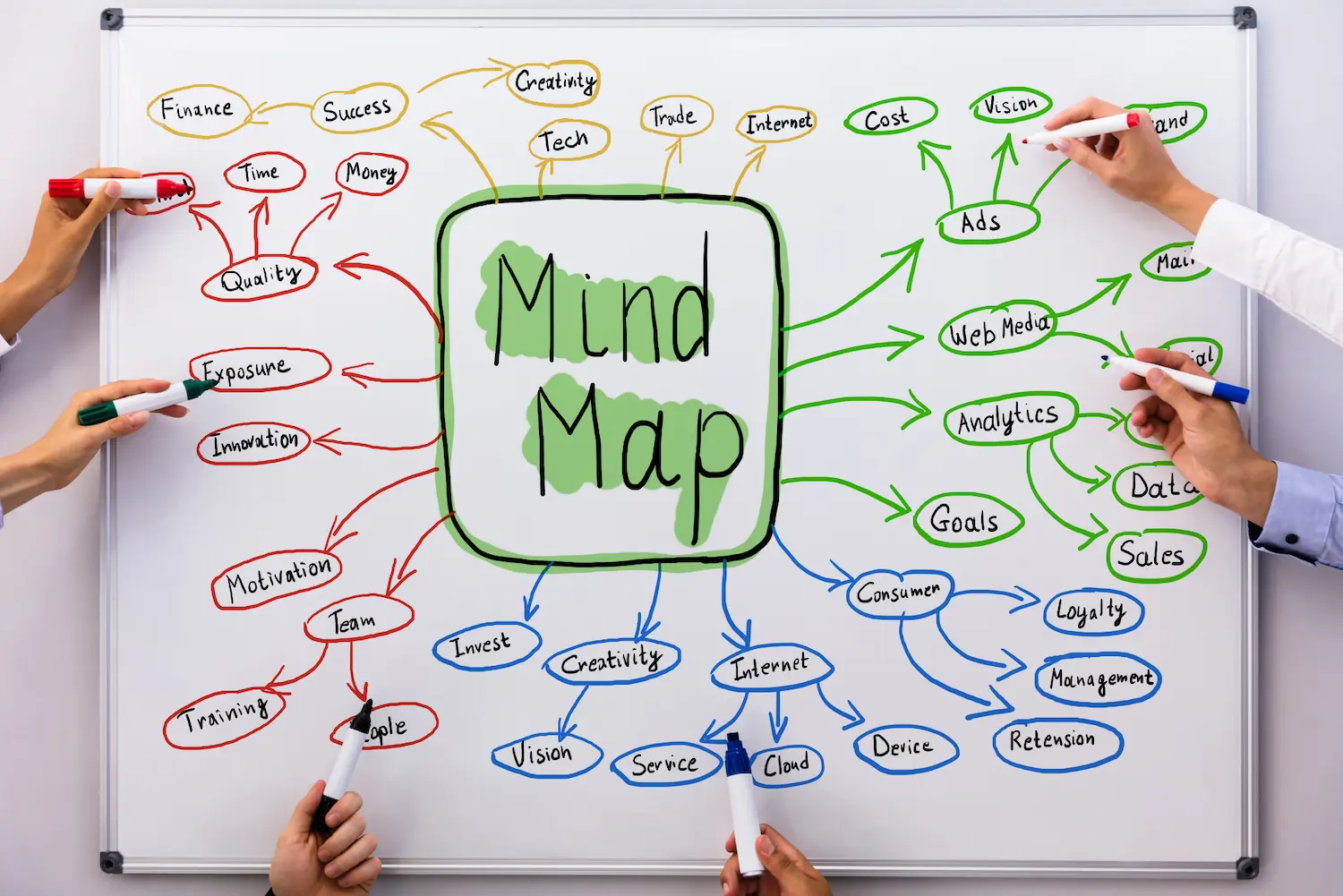
Image from:spartez
What is a Decision Tree?
A decision tree is a flowchart-like structure used to make decisions by mapping out the possible outcomes of various choices. Each branch of the tree represents a decision point, leading to further branches that represent possible outcomes or subsequent decisions. Decision trees are widely used in fields like data analysis, business strategy, and risk assessment.
 Image from:Peaks2taiks
Image from:Peaks2taiks
Advantages of Decision Trees:
- Structured Approach: Decision trees provide a clear, step-by-step process for making decisions.
- Quantifiable: They allow for the quantification of risks and benefits, making them ideal for scenarios where data-driven decisions are essential.
- Transparency: The logical structure of decision trees makes it easier to justify decisions based on predefined criteria.
Limitations of Decision Trees:
- Complexity: For problems with many variables, decision trees can become unwieldy and difficult to manage.
- Over-Simplification: In some cases, the binary nature of decision trees might oversimplify complex problems, leading to suboptimal decisions.
Examples of Decision Tree Applications:
- Risk assessment: Analyzing potential risks and outcomes in business or project management.
 Image from: mungfali
Image from: mungfali
- Business strategy: Mapping out strategic decisions and their potential impacts.
:max_bytes(150000):strip_icc()/dotdash_final_Using_Decision_Trees_in_Finance_Jan_2021-01-7c07b9930682431da3124efa5d4b10c4.jpg) Image from: investopedia
Image from: investopedia
- Technical problem-solving: Breaking down complex problems into manageable decision points.
 Image from:venngage
Image from:venngage
Comparison Table
Here’s a comparison table to visually summarize the key differences between Mindmaps and Decision Trees:
| Aspect | Mindmaps | Decision Trees |
|---|
| Definition | A non-linear tool that visually organizes information around a central idea with branching subtopics. | A structured, flowchart-like tool mapping out decisions and their possible outcomes. |
| Ideal For | Generating ideas, exploring connections, and organizing information flexibly; useful for brainstorming and planning stages. | Structured decision-making, especially with quantifiable data; ideal for risk assessment, strategy, and technical problems. |
| Applications | - Brainstorming sessions- Project planning- Content creation | - Risk assessment- Business strategy- Technical problem-solving |
| Advantages | - Encourages creativity- Visual clarity in relationships- High flexibility | - Structured approach- Quantifies risks and benefits- Transparent, logical structure |
| Limitations | - May lack structure in complex scenarios- Effectiveness depends on user’s organizational skills | - Can be complex for many variables- May oversimplify complex issues |
| Visual Structure | Radial, branching out from a central concept | Hierarchical, branching decisions from a starting point |
| Best for Problem Stage | Early stages requiring free-form ideation and creative exploration | Later stages requiring structured, data-driven decision-making |
This table provides a quick overview to help you decide which tool might be better suited for your needs based on different aspects of your project or problem.
When it comes to choosing between a mindmap and a decision tree, understanding the nature of your task is essential. Each tool brings unique strengths to the table, tailored to different problem-solving needs.
If your task involves creativity, flexibility, and generating ideas, a mindmap is likely the best fit. Mindmaps allow for non-linear thinking, enabling you to explore topics freely, make connections between ideas, and encourage an open flow of thoughts. This makes them ideal for brainstorming sessions, initial project planning, or any scenario where innovation and free association are key.
In contrast, if you’re working on a problem that requires a structured, data-driven approach, a decision tree will likely serve you better. Decision trees help you break down complex choices into manageable parts, visually organize the steps in a decision-making process, and evaluate each option based on logical outcomes. This approach is especially useful for analyzing risks, weighing probabilities, and making clear, structured choices.
In many cases, you don’t need to choose one tool over the other; instead, you can combine both for a more comprehensive approach. Start with a mindmap to capture all ideas, explore the problem space, and organize initial thoughts. Once you have a broad understanding, you can transition to a decision tree to systematically evaluate the options generated during mindmapping. This combined approach leverages the strengths of both methodologies, moving from a phase of creative ideation to a structured evaluation, ultimately leading to a more informed and effective decision.
As technology advances, so do the capabilities of mindmapping tools. AI-powered mindmapping and decision-making tools are beginning to offer features that support even more efficient and intelligent workflows. From smart suggestion algorithms that generate related ideas and prompt connections, to automated decision trees that predict potential outcomes, AI is reshaping the landscape of these tools. By exploring the latest trends in AI-enhanced mindmapping tools, you can stay ahead in harnessing innovative technology to optimize your decision-making process.
ResearchFlow is a tool designed to help researchers efficiently manage and collaborate on scientific projects. It integrates features for knowledge management, literature organization, experimental data logging, and note-taking, allowing researchers to organize and share materials, data, and ideas within a single platform. ResearchFlow supports team collaboration, enabling real-time sharing and discussion among members, which helps teams move projects forward more smoothly. Additionally, ResearchFlow often integrates with other research tools (such as literature databases and data analysis software), allowing researchers to seamlessly import and reference literature, manage experimental records, and enhance productivity.
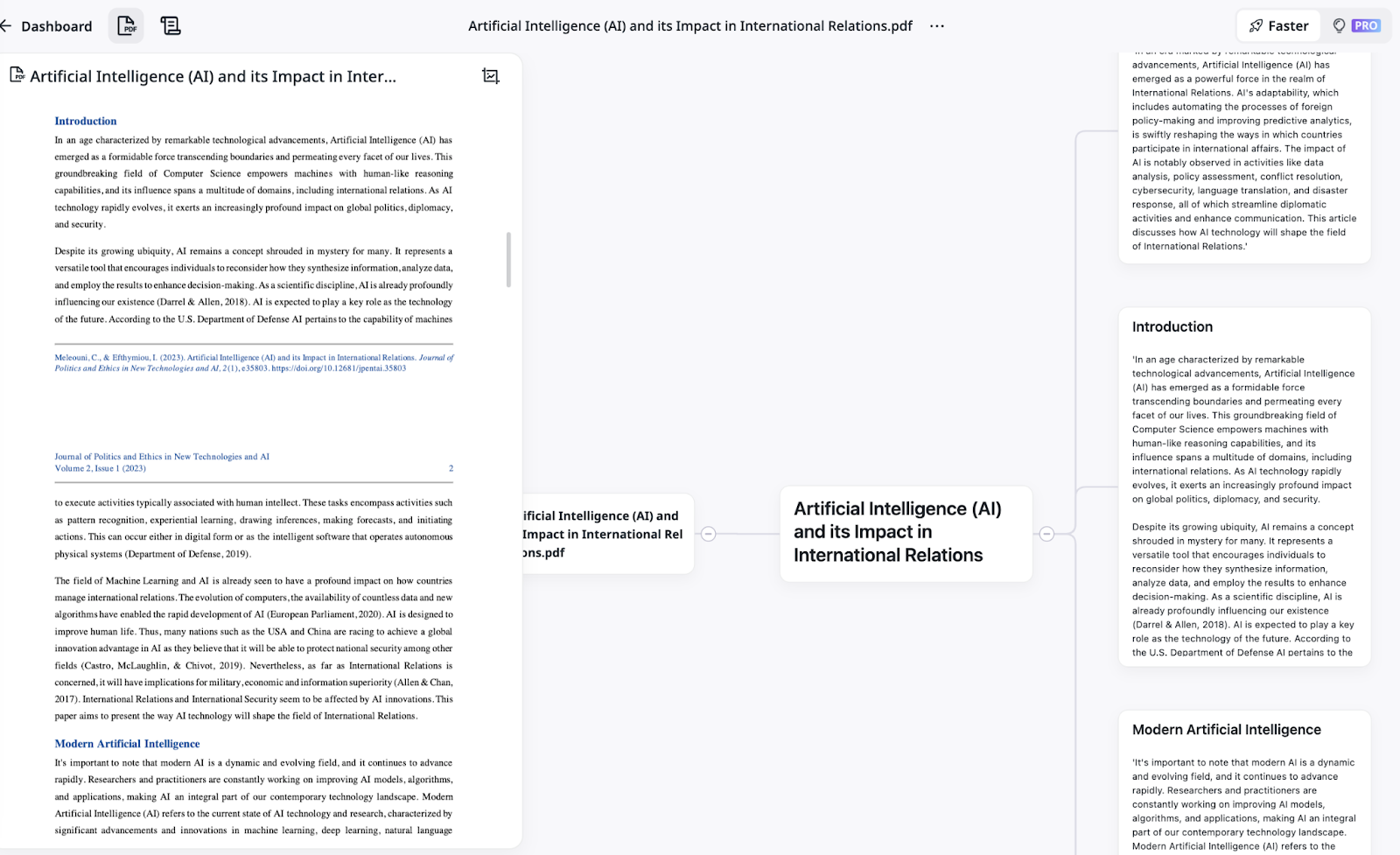 Image from:Researchflow
Image from:Researchflow
In sum, both mindmaps and decision trees are invaluable resources that, when used together or selectively based on your needs, can significantly enhance your problem-solving toolkit. Whether you’re brainstorming or narrowing down choices, these tools offer pathways to clearer, more strategic thinking.
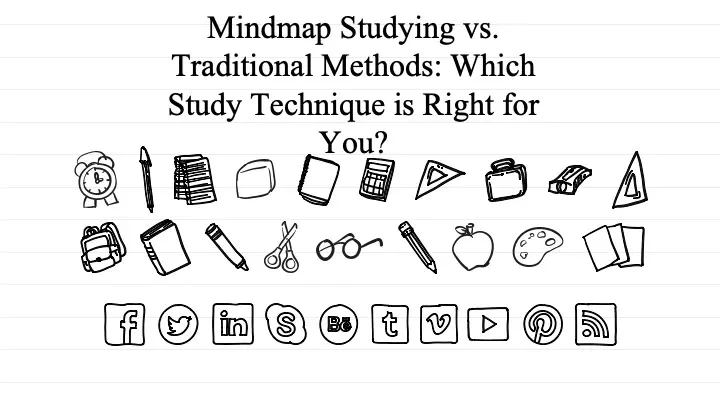

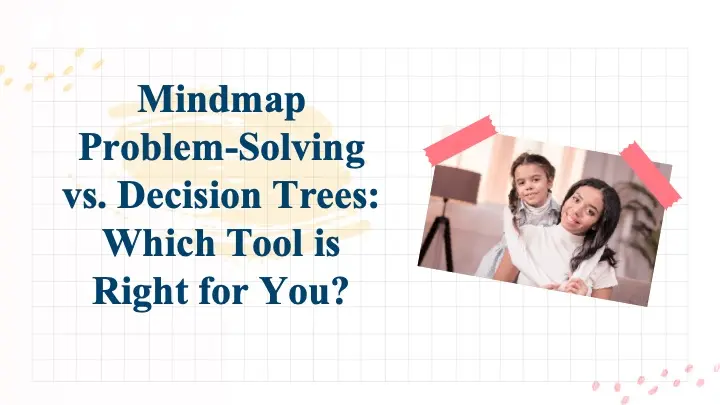

 Image from:Peaks2taiks
Image from:Peaks2taiks Image from: mungfali
Image from: mungfali:max_bytes(150000):strip_icc()/dotdash_final_Using_Decision_Trees_in_Finance_Jan_2021-01-7c07b9930682431da3124efa5d4b10c4.jpg) Image from: investopedia
Image from: investopedia Image from:venngage
Image from:venngage.9n5VrAjA_R5GjO.webp)
